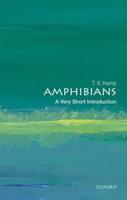Publisher's Synopsis
Fish resources in natural water bodies are tending to decrease due to intensified fishing, the extensive construction of hydropower plants on rivers, and the pollution of seas and freshwater basins by indus trial and agricultural wastes. Nowadays only artificial fish rearing can meet man's requirements in fish products. Fish breeding is still very young as compared to plant breeding and animal husbandry. Although fishes have been reared artificially since ancient times in certain Asian countries, this usually included the cultivation of embryos and larvae caught in rivers and lakes. Among the exceptions, only the common carp Cyprinus carpio and the domesticated variety of the crucian carp, the goldfish Carassius auratus, which were cultivated in the East, may be mentioned. Com mon carp breeding began in China about 2000 years ago but was la ter banned by one of the emperors and started again only relatively recently. The goldfish has been cultivated for decorative purposes for about 1000 years. Many remarkable varieties of the goldfish have been developed in China and later in Japan. The first improved breeds (German "races") of the common carp known in Europe appeared after the domestication of the Da nube wild carp in the seventeenth and eighteenth centuries. Local breeds of the carp were probably established somewhat later in Chi na, Japan and Indonesia; even now these breeds have only minor differences as compared to their ancestor, the Asian wild carp.











